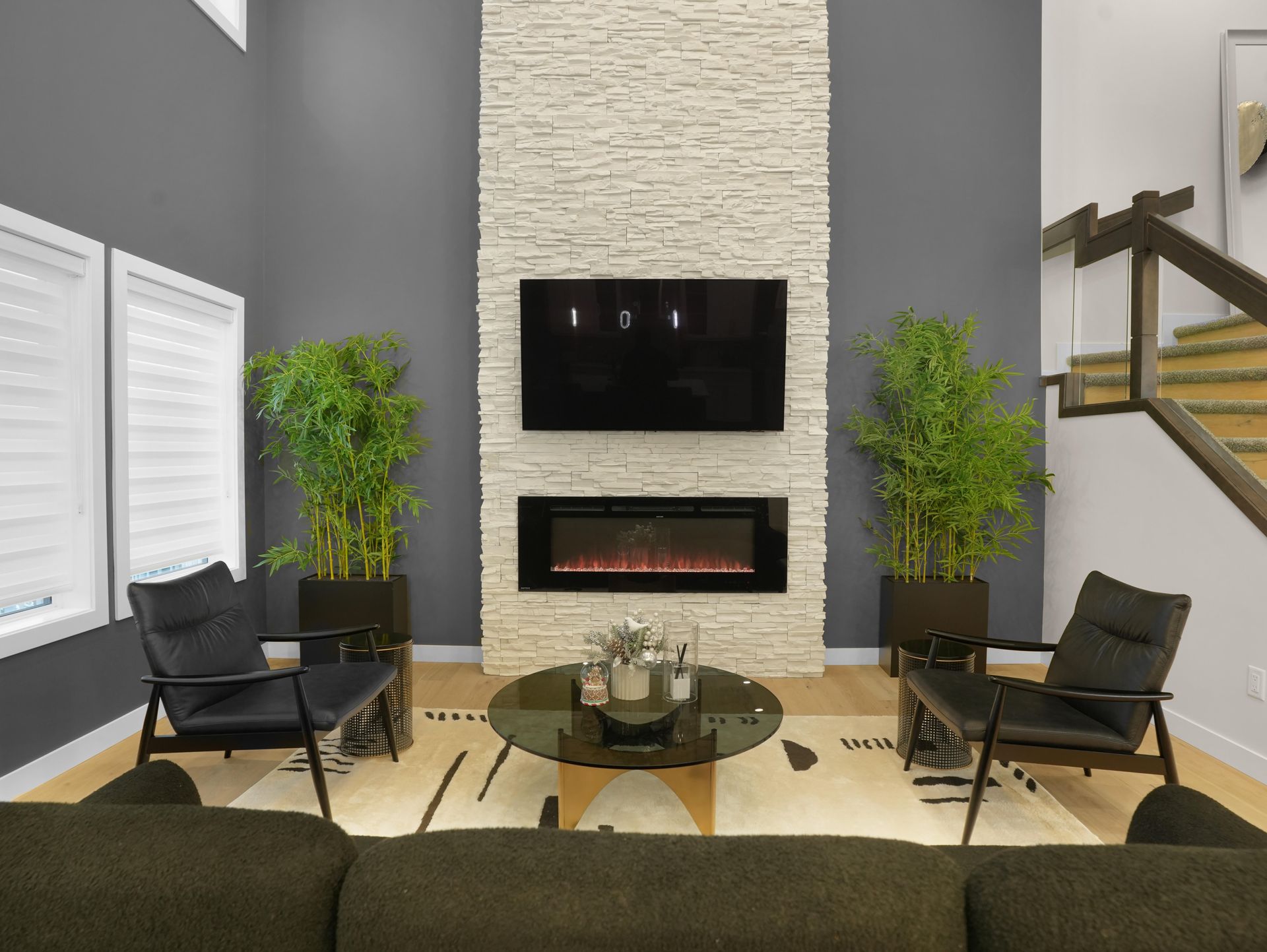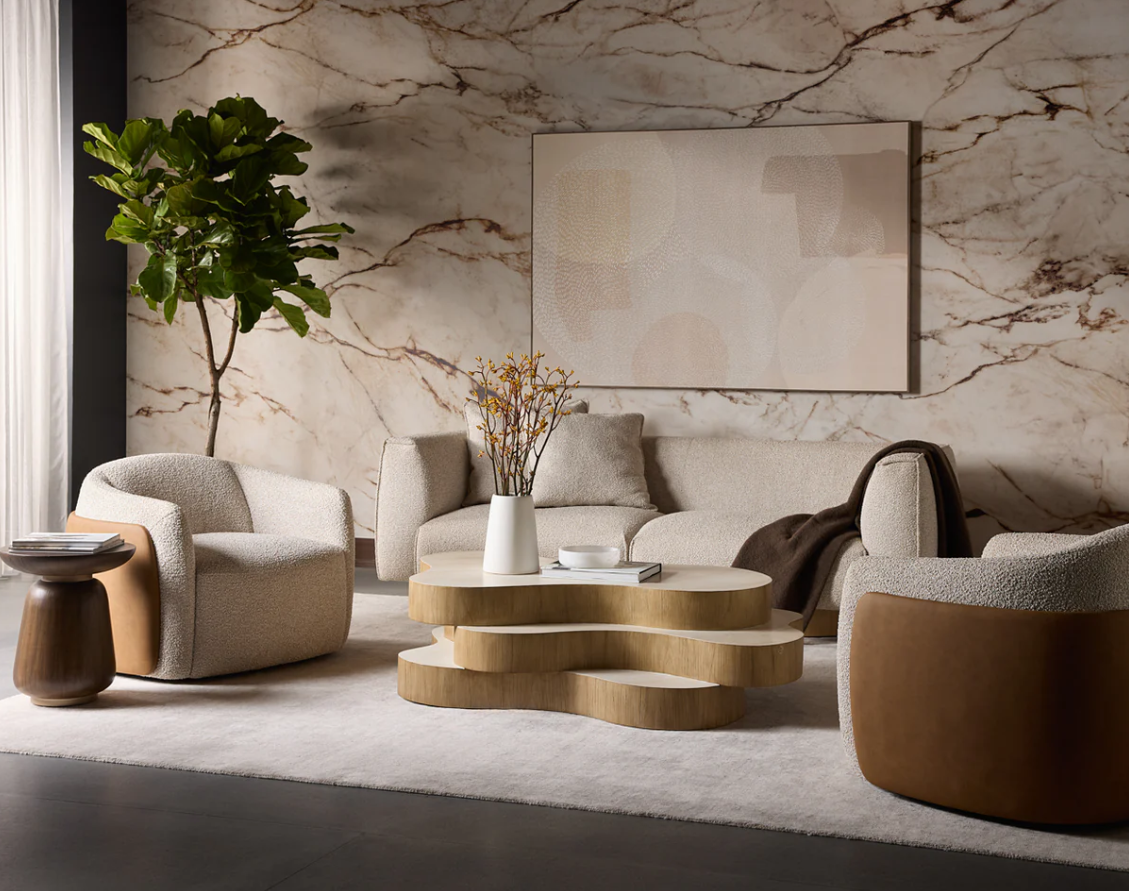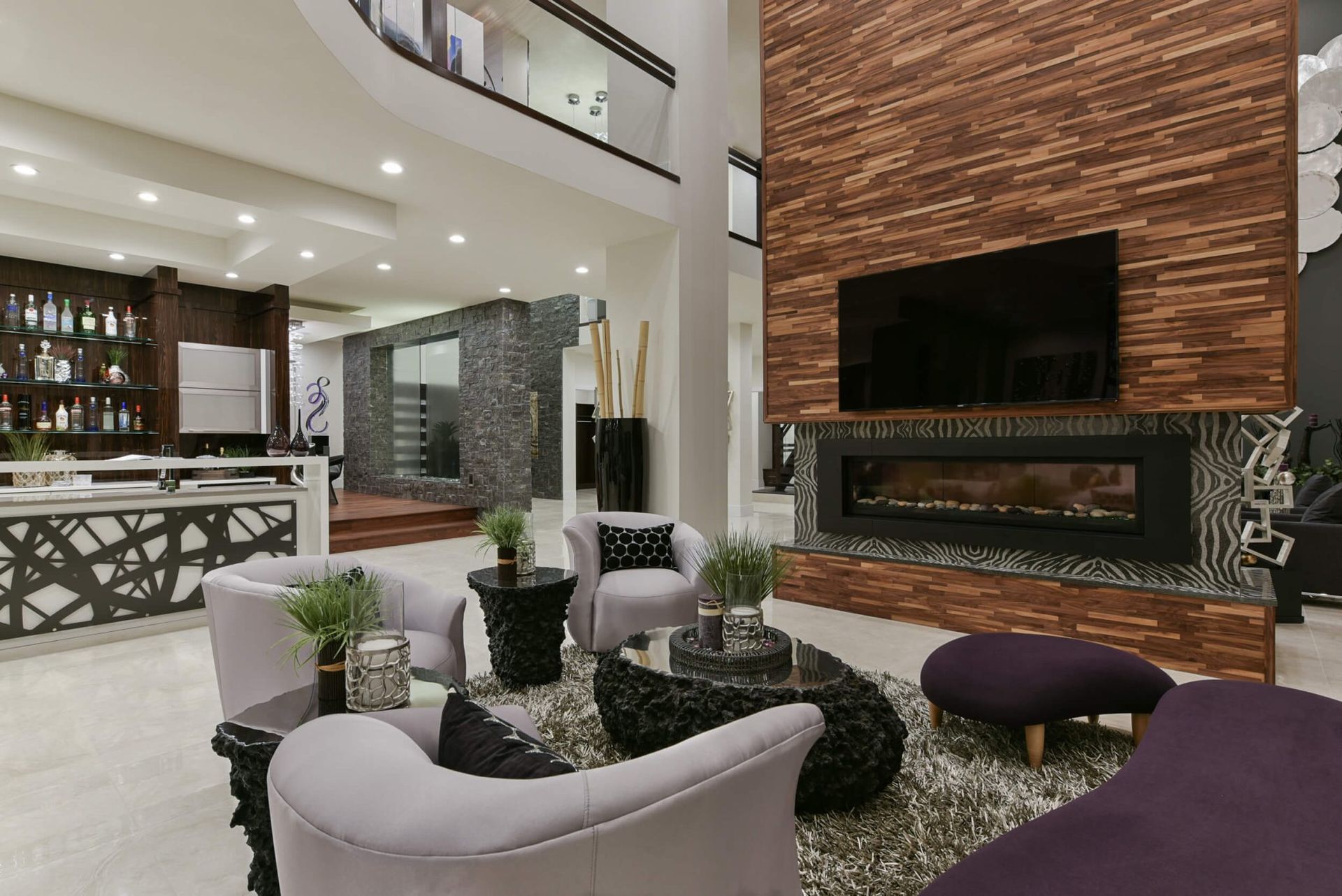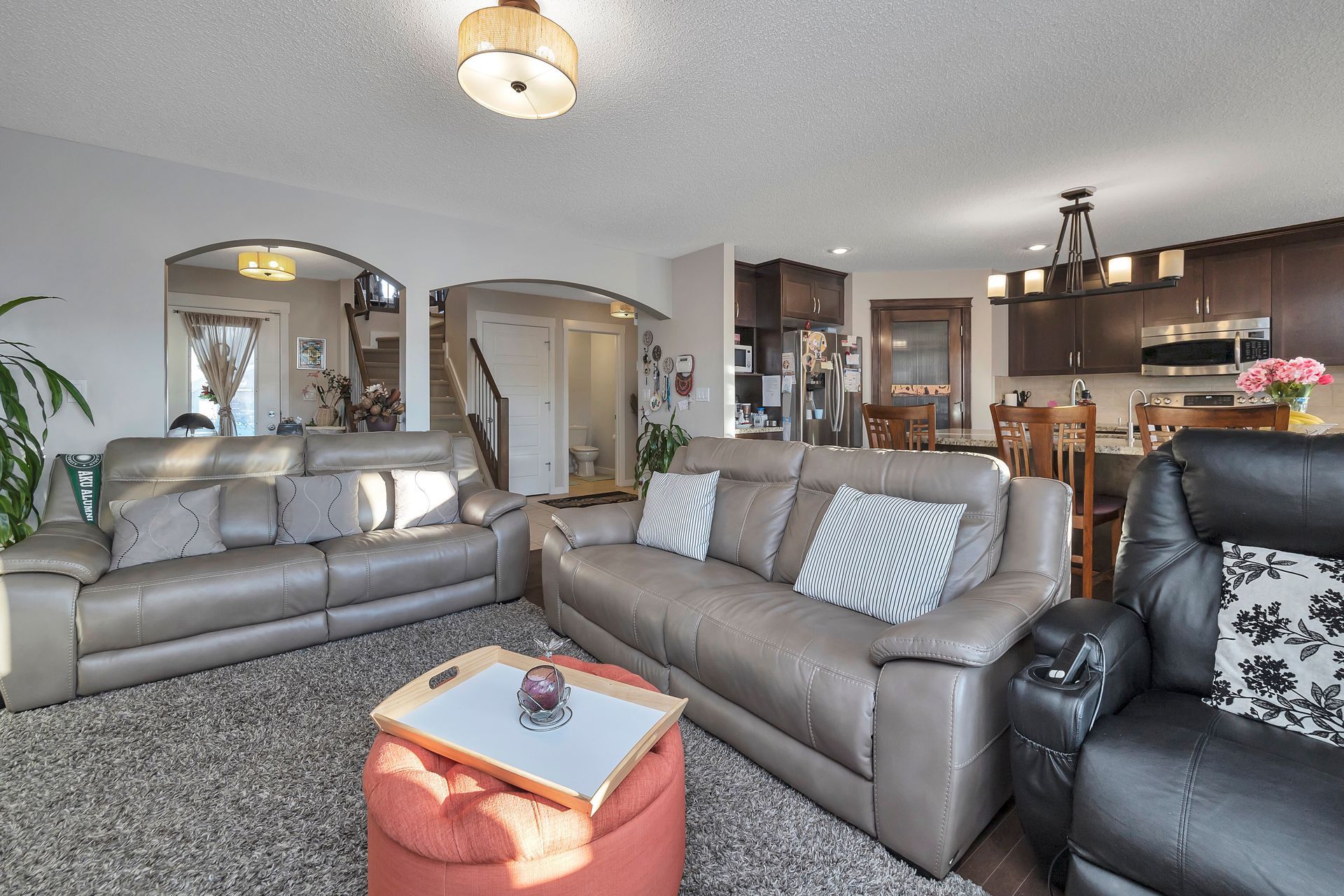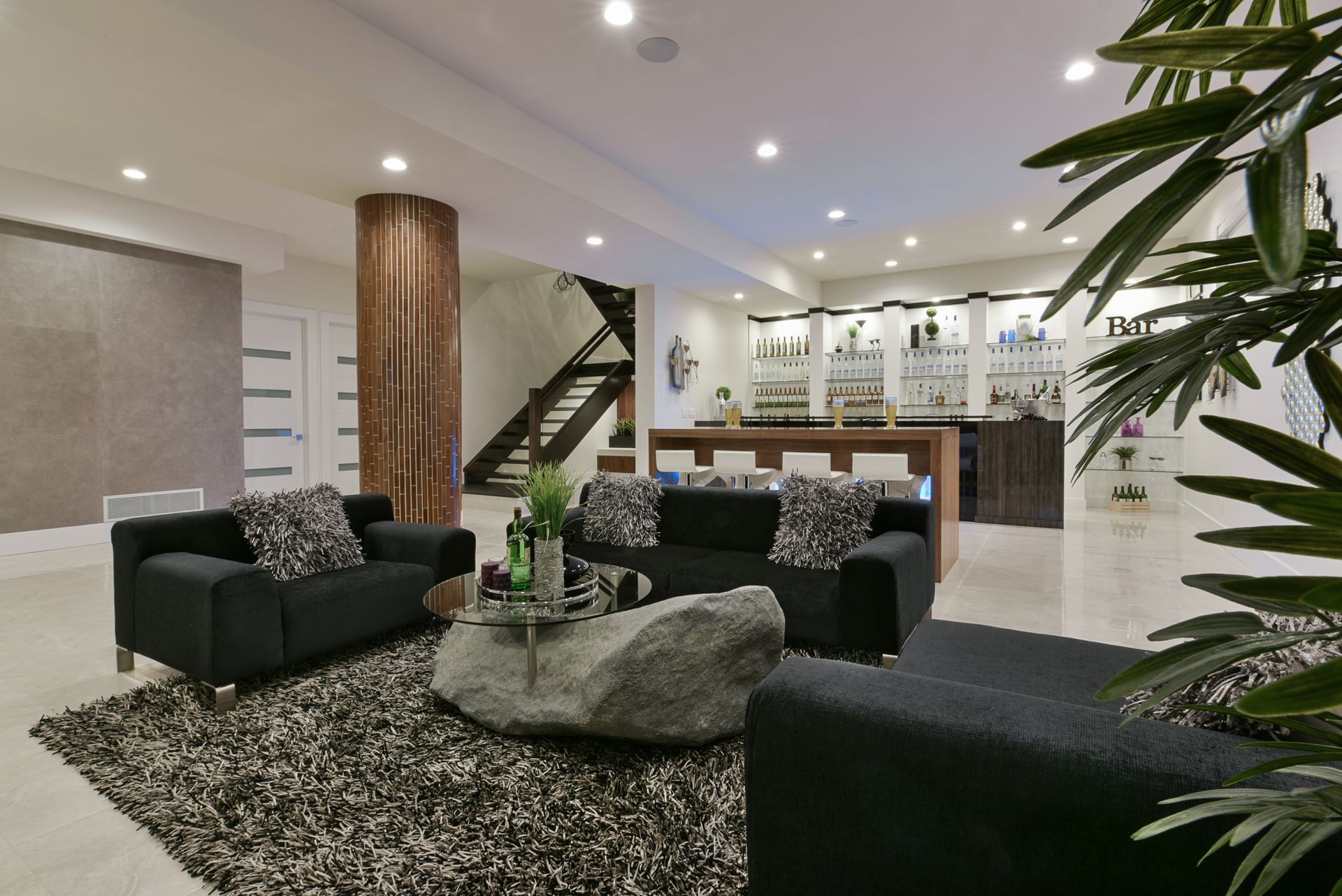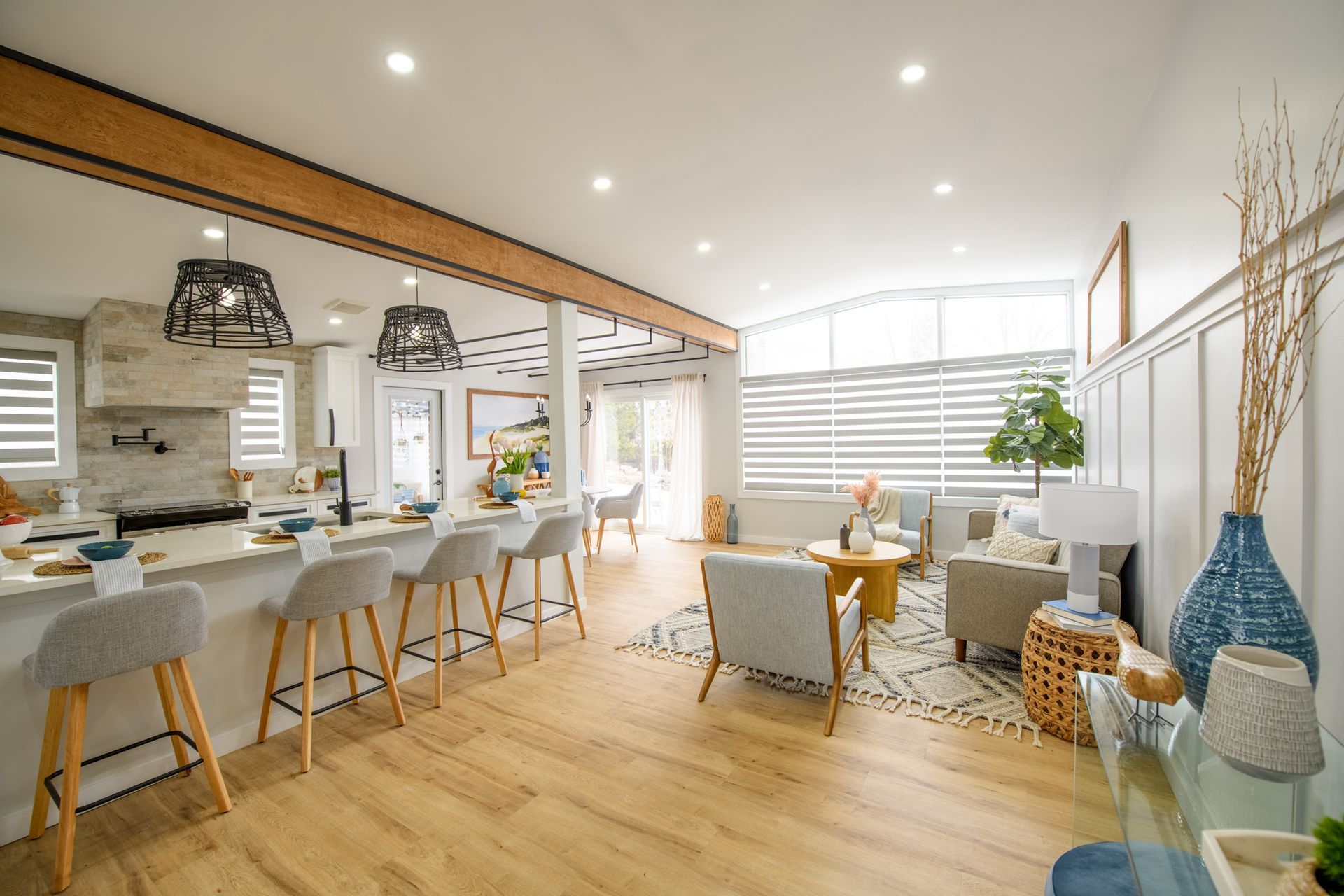The Impact of Lighting Design on Interior Spaces
Lighting is the unsung hero of interior design. Beyond mere functionality, it sculpts spaces, influences emotions, and enhances usability. Whether you’re crafting a cozy reading nook or a vibrant kitchen, strategic lighting design can elevate your home from ordinary to extraordinary. Let’s explore how different lighting techniques and thoughtful design choices can transform every room.
Understanding Lighting Techniques
- Ambient Lighting: The foundation of any lighting plan, ambient lighting provides overall illumination. Think ceiling fixtures, chandeliers, or recessed lights that cast a gentle glow. It sets the tone for a room—soft for relaxation, bright for social spaces.
- Task Lighting: Focused and functional, task lighting targets specific activities. Desk lamps, under-cabinet kitchen lights, or vanity mirrors ensure you have ample light for cooking, working, or grooming.
- Accent Lighting: Drama meets design. Use track lights, wall sconces, or picture lights to highlight artwork, architectural features, or plants. It adds depth and draws the eye to curated details.
- Decorative Lighting: These are the statement-makers: a sculptural pendant, a vintage chandelier, or colorful LED strips. They blend form and function, serving as art pieces that also emit light.
Room-by-Room Lighting Guide
Living Room
- Ambient: Start with a dimmable ceiling fixture for flexibility.
- Task: Add floor lamps near seating for reading.
- Accent: Use wall sconces to frame a fireplace or artwork.
- Tip: Layer sources to transition from bright family gatherings to intimate movie nights.
Kitchen
- Task: Under-cabinet LEDs illuminate countertops; pendant lights over islands aid meal prep.
- Accent: Highlight a textured backsplash with directional spotlights.
- Tip: Opt for cool-white bulbs (4000K) to boost alertness during cooking.
Bedroom
- Ambient: Soft, warm-toned ceiling lights or cove lighting create calm.
- Task: Bedside lamps with warm bulbs (2700K) ease nighttime reading.
- Tip: Avoid overhead lights directly above the bed to reduce glare.
Bathroom
- Task: Install vertical sconces beside mirrors for even facial lighting.
- Ambient: Waterproof recessed lights offer general illumination.
- Tip: Use daylight bulbs (5000K) for accurate makeup application.
Home Office
- Task: An adjustable desk lamp reduces eye strain.
- Ambient: Pair with indirect lighting to soften screen glare.
- Tip: Cooler temperatures (3500K–4000K) enhance focus.
Key Considerations for Lighting Design
- Color Temperature Matters: Warm whites (2700K–3000K) invite relaxation; cool whites (3500K+) energize workspaces.
- Dimmers and Smart Controls: Adjust brightness to match activities or time of day. Smart bulbs offer customizable hues and schedules.
- Layer Your Lights: Combine ambient, task, and accent lighting for versatility. For example, a living room might blend recessed lights (ambient), a floor lamp (task), and a spotlighted gallery wall (accent).
- Embrace Natural Light: Use sheer curtains to diffuse sunlight, then supplement with warm ambient lights as dusk falls.
To Sum Up
Lighting design is a powerful tool that shapes how we experience our homes. By balancing aesthetics with practicality, you can craft spaces that adapt to your needs and moods. Whether it’s a kitchen that energizes your mornings or a bedroom that lulls you to sleep, the right lighting transforms rooms into sanctuaries.
At Flaunt Consignment Furniture, Blinds, Interior Design & Real Estate, our expert designers can help you discover the perfect lighting solutions for every room. Explore our interior design services or custom blind offerings for more inspiration. So, dim the lights, flick on a lamp, and watch your space—and spirit—shine.
Ready to reimagine your home’s lighting? Contact us today to schedule a lighting consultation or get started on your dream design project. Every beam of light is a step toward a more beautiful, functional home.
Share This Blog
